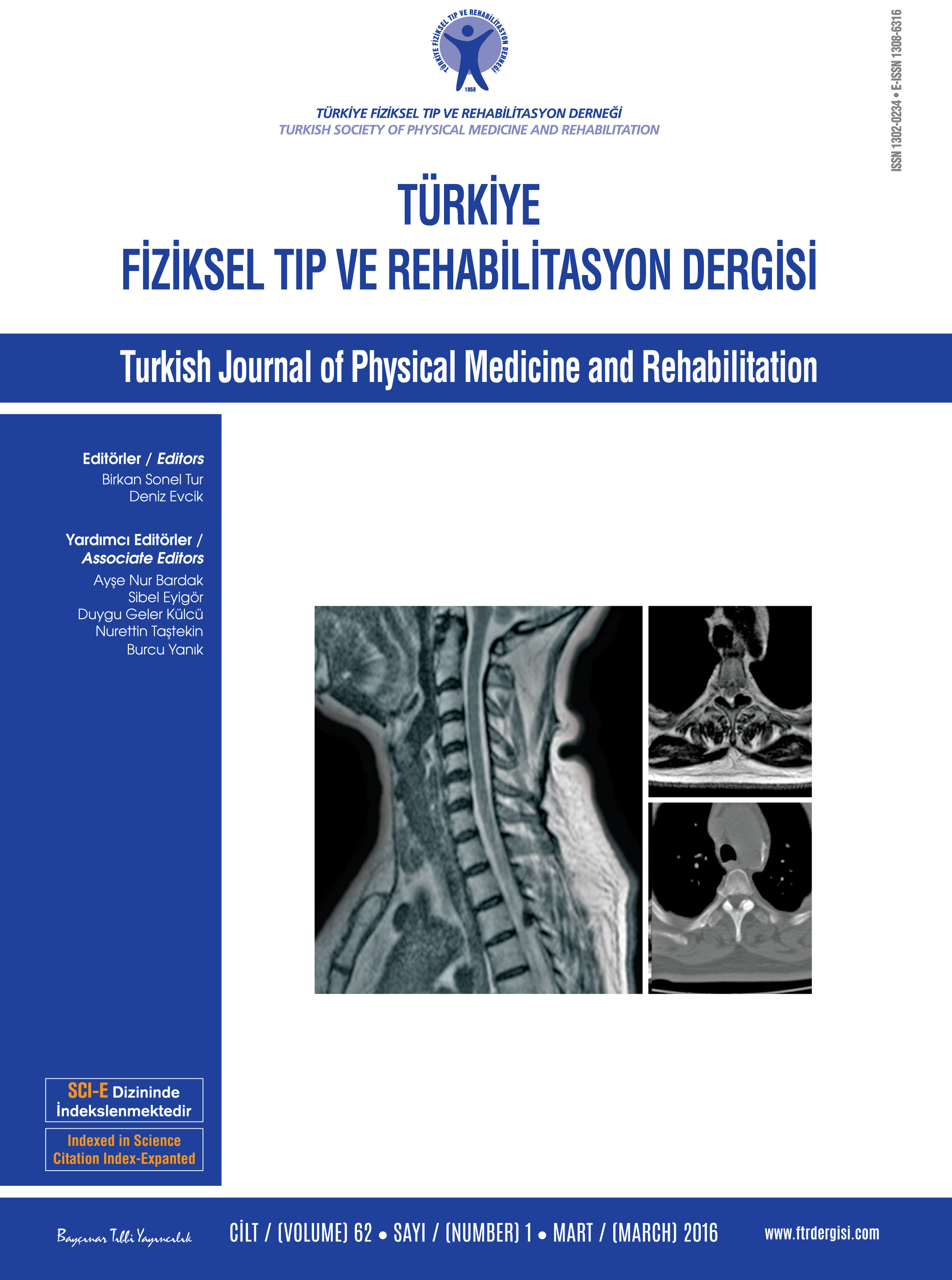Urodynamic findings in stroke patients with overactive bladder symptoms
Patients and methods: We retrospectively reviewed the medical records and urodynamic charts of a total of 51 ischemic and hemorrhagic stroke patients (34 males, 17 females; mean age 65.8±16.2 years; range 13 to 88 years) with overactive bladder. Stroke localization was classified according to the Oxfordshire Community Stroke Project stroke subtypes. Urodynamic parameters included the first sensation of bladder filling, maximum vesical volume, maximum detrusor pressure, detrusor compliance, residual volume, mean flow rate, voided volume, voiding time, desire to void and strong desire to void. The patients were also classified according to sex and compared in terms of brain lesion laterality.
Results: Thirty six patients had ischemic and 15 had hemorrhagic stroke. The mean time from stroke to the urodynamic studies was 396.9±713.8 days. Maximum detrusor pressure was associated with sex, resulting in a significantly higher rates in males (p=0.028). Residual volume was significantly higher in the right hemiplegic group than the left hemiplegic group (p=0.007). The voided volume was significantly lower in the right hemiplegic group than the left hemiplegic group (p=0.007). In the right hemiplegic male group, the first sensation of bladder filling was delayed, residual volume was higher and the voided volume was lower (p=0.045, p=0.01, and p=0.043, respectively). In the right hemiplegic female group, the voided volume was lower than the left hemiplegic female group (p=0.024).
Conclusion: Our study results show that there are significant differences in urodynamic variables between the right and left hemispheric cerebral infarctions. These findings suggest that urodynamic findings can be characterized by the laterality of the unilateral hemispheric stroke. However, further large-scale studies are required to confirm these findings.
Keywords : Stroke; urinary incontinence; urodynamic study

















